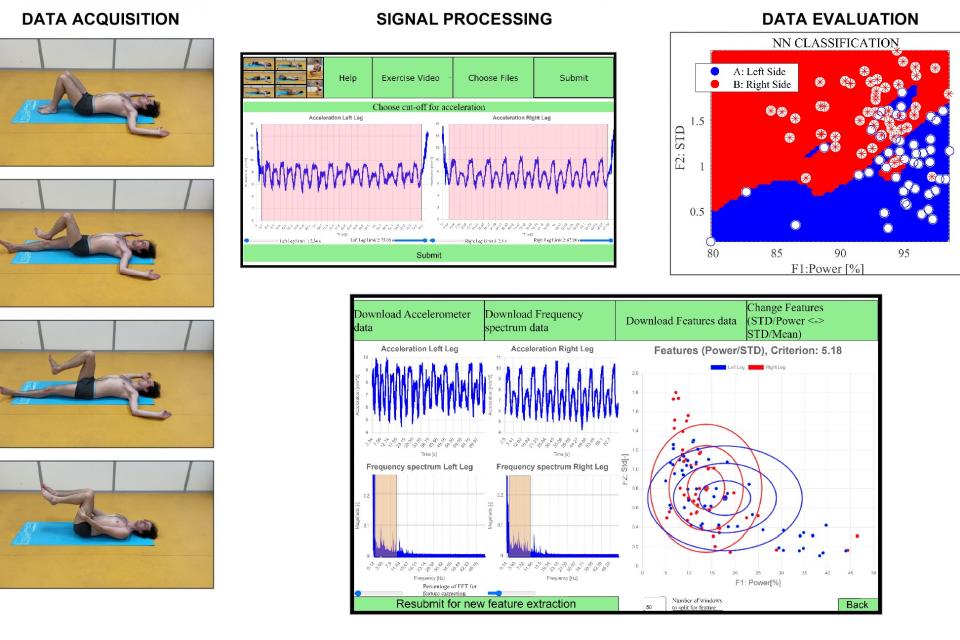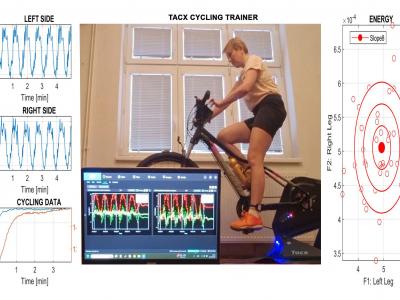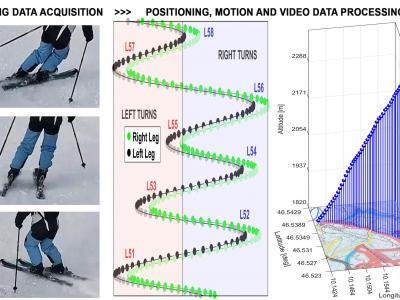Datasets
Standard Dataset
Rehabilitation Exercises and Computational Intelligence
- Citation Author(s):
- Submitted by:
- Ales Prochazka
- Last updated:
- Fri, 11/15/2024 - 11:53
- DOI:
- 10.21227/xp41-7325
- Data Format:
- Research Article Link:
- License:
 45 Views
45 Views- Categories:
- Keywords:
Abstract
Individual physiotherapy is a significant part of the treatment for patients experiencing various forms of pain and health issues. Recent research shows rehabilitation as an important part of therapy for those with abdominal wall defects. It also plays a crucial role in chest surgery, by helping optimize preoperative assessments and postoperative rehabilitation strategies essential for successful surgery outcomes. With recent technological advancements, new tools have become available to healthcare professionals. Among these, mobile accelerometers provide a groundbreaking opportunity to monitor and analyze a patient's physical activity, mobility, and posture in real time. This paper investigates the potential applications of mobile accelerometers in evaluating eight specific exercises for a set of 1280 test of different individuals. The study introduces a comprehensive computational methodology that encompasses traditional digital signal processing, feature extraction in both time and transform domains, and advanced classification techniques. It employs a selection of machine learning methods, including support vector machines, Bayesian analysis, and neural networks, to compare the symmetry of various rehabilitation exercises. Remarkably, the study achieved a high classification accuracy of 90.6\% in distinguishing between left and right side motion patterns by utilizing features from both the time and frequency domains, using a two-layer neural network. This method proves effective in signal processing, with promising applications in rehabilitation, fitness movement monitoring, and surgical recovery, showcasing its potential to enhance patient care and treatment outcomes significantly.
The following files are included:
- Directory D1 with accelerometric data of a selected individual and 8 rehabilitation exercises with records from the left and the right part of the body (acquired with the sampling frequency of 100 Hz).
- File GArehab.jpg that presents the proposed process of data analysis using features both in the time and frequency domains
- File RehabSymmetry3.mp4 that presents the video abstract of the proposed methodology of data processing
Accelerometric data acquired by the mobile MATLAB included in the D1 database (or by the user] can be processed by the following web page:
More from this Author
Dataset Files
- Accelerometric data of a selected individuals and 8 rehabilitation exercises D1.zip (11.53 MB)
- Graphical video abstract RehabSymmetry3.mp4 (7.73 MB)
- Graphica abstract GArehab.jpg (492.85 kB)
Documentation
| Attachment | Size |
|---|---|
| 59.44 KB |










